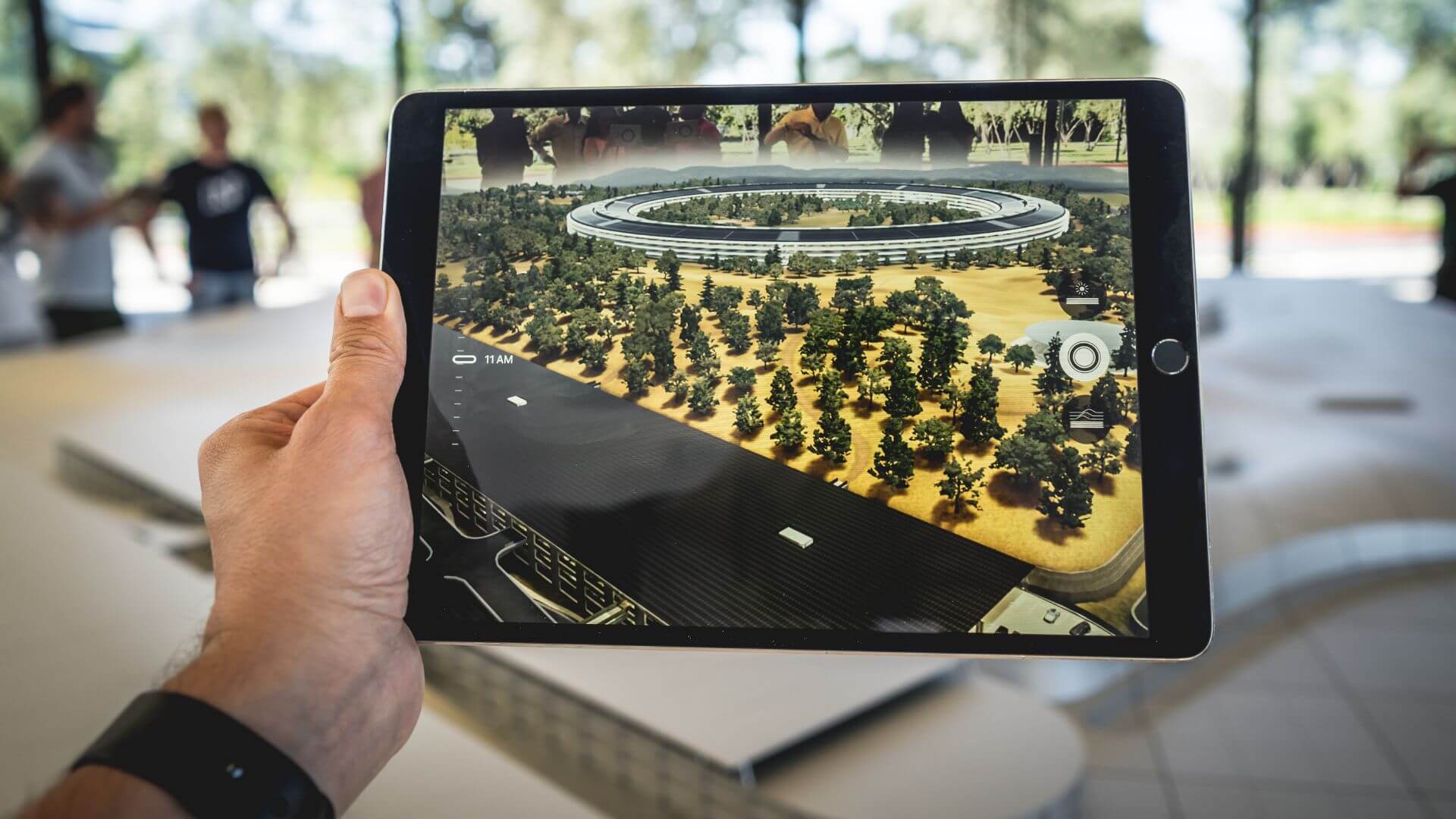Due to recent augmented reality technology advancements, 3D simulation has outperformed expectations. The cool experiment that began in the entertainment industry has taken the world by storm and reached many other industries, transforming them in ways no one could have imagined.
Among those industries influenced by AR is architecture. Even though rendered images are helpful, they cannot capture the scope and feel of an architectural project as a whole. By contrast, augmented reality (AR) enables clients and designers to see the project realistically, make changes before construction starts, and minimize errors. However, many architects and clients don’t know what AR really is and how it can benefit their work and collaboration. Therefore, this article explains AR and its advantages for the architectural business.
What is Augmented Reality (AR)?
Augmented Reality (AR) is the interactive experience between reality and virtuality; it’s a technology that integrates digital objects like 3D models in real-world environments and significantly affects remote building processes. It requires a camera-equipped device such as a smartphone or tablet with installed AR software.
AR enriches real-world images with computer-generated digital content, such as videos, infographics, and sounds. It is expanding rapidly among architects to demonstrate the proposed designs to their clients using mobile apps in the context of existing conditions.
AR’s immersive hybrid environments simplify the understanding of the architectural space and building components for both designers and clients similarly. By that, the AR does its fundamental role as a communication tool.
Benefits of AR Technology in Architecture
As an emerging technology, using AR in architecture has many benefits that can streamline work tasks and boosts business development.
Fewer Papers, More Efficiency
Documentation is essential to any business but becomes a burden in architectural projects. The process costs the team time and effort to print out all the materials and keep the blueprints updated with every change; it’s exhausting and piles up tons of paperwork.
AR cuts off the paperwork as it digitally presents the project to stakeholders on their smart devices, simplifying editing in real-time without printing a single draft! In short, fewer papers, more efficiency.
Less Misunderstanding and Misinterpretations
Clients don’t speak the language architects do, and blueprints are meaningless to them. So, architects usually use 3D images or build a dollhouse-size prototype to provide better demonstrations. Which is a quite time and energy consuming process.
Instead, AR allows architects to integrate the project with the real world using the right tools, allowing clients to have an accurate view of what the building would look like before it’s built. It will eliminate misunderstandings and confusion and ensure all stakeholders are on the same page.
Enhanced Client-Architect Collaboration
One of the essential advantages of using AR is communication enhancement. Adopting AR in architecture enables remote support to address clients’ issues in real time by sharing 3D visuals.
It also allows any parties that aren’t on the construction site to view and inspect the work as if they were there in person. Such abilities build credibility and an effective collaborative relationship between the client and the architect. Ensuring the client’s requirements are addressed from the beginning is critical for the final success.
Faster Operations and Processes
The major step in any process is decision making, and for clients, it’s a big concern as they usually have some requirements and do not know how that would affect the project design. Thanks to AR, that process is simplified by presenting the accurate project design upon client requirements and the possible enhancements, eliminating the roadblocks in a design decision-making process.
Equipment Monitoring
The construction site usually gets busy with tons of equipment and machines needed to get the job done. AR helps keep an eye on those machines, where they work, and how they are used. Equipment monitoring offers maneuverability when there is a shortage of equipment or machinery which can be divided into time slots for different sections and keep the work ongoing.
Increased Safety
The construction phase is the process of bringing the design to life. However, this process involves dangerous conditions and heavy machinery use. Therefore, safety precautions are essential, and staff training is vital in keeping them safe.
AR helps in this part by allowing the staff to familiarize themselves with the working site and machinery. They can get even more help by having all the required information, such as manuals, instructions, and tips on their smartphones; they only need to move the smartphone over the equipment. Moreover, they can use AR glasses or headsets to facilitate the process and shorten the time.
Ability to Test Complex Ideas Easily
Architects are creative dreamers with unlimited imagination. However, out-of-the-box complex ideas are time-consuming and require lots of effort to explain what they have in mind. Therefore, many architects might avoid being extremely creative to save time and ensure their designs are understandable. AR technology helped architects push the limits beyond boundaries and be as creative as they want; less time, more options, and better demonstration.
Conclusion
Adopting AR in architecture allows architects to make a real impression on their clients through its interactive features. Every architect wants to involve clients in the design process to better understand what they want and demonstrate how it can be executed in reality.
Original source: https://caddetailsblog.com/post/augmented-reality-ar-in-architecture-more-than-entertainment





